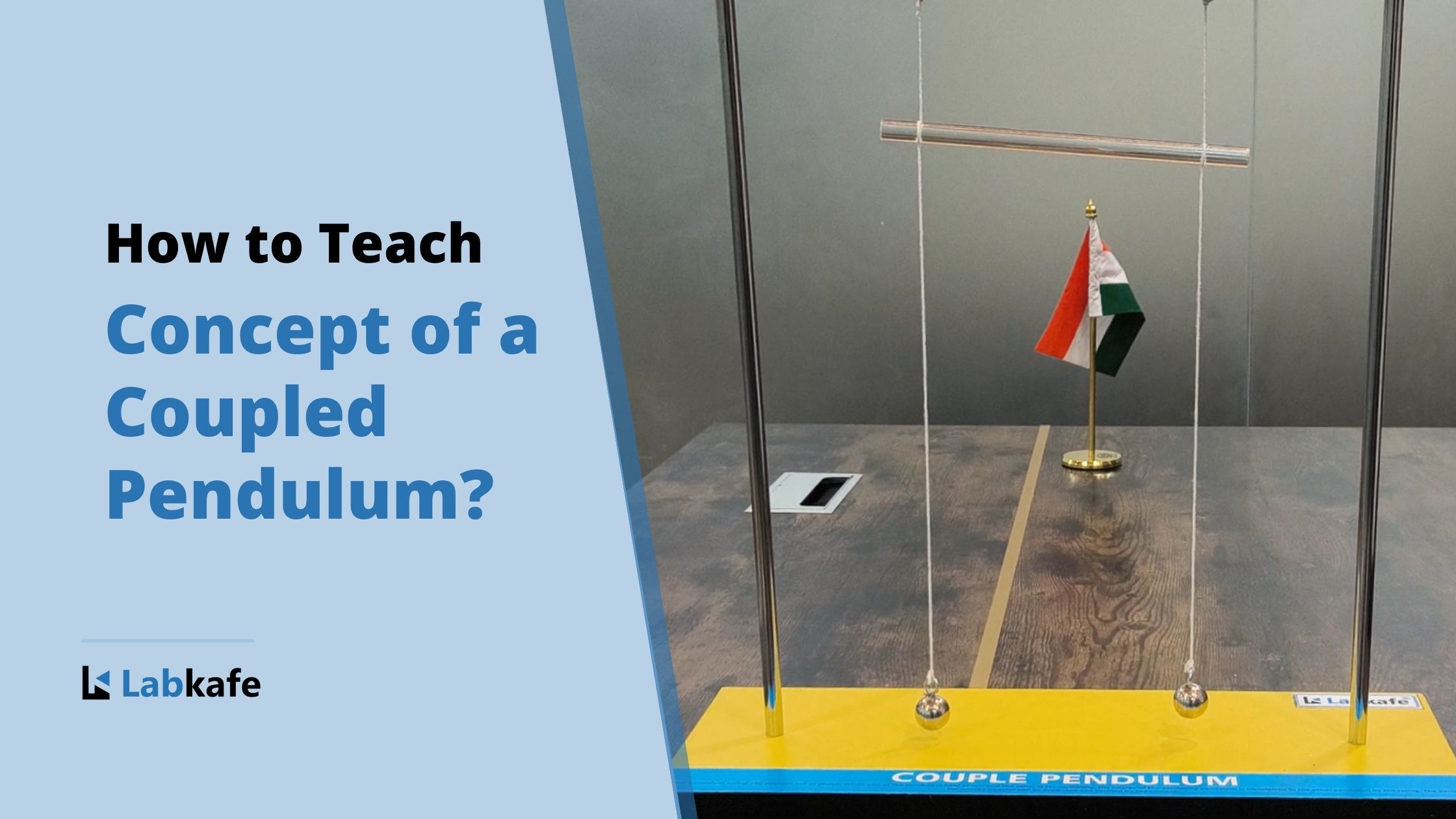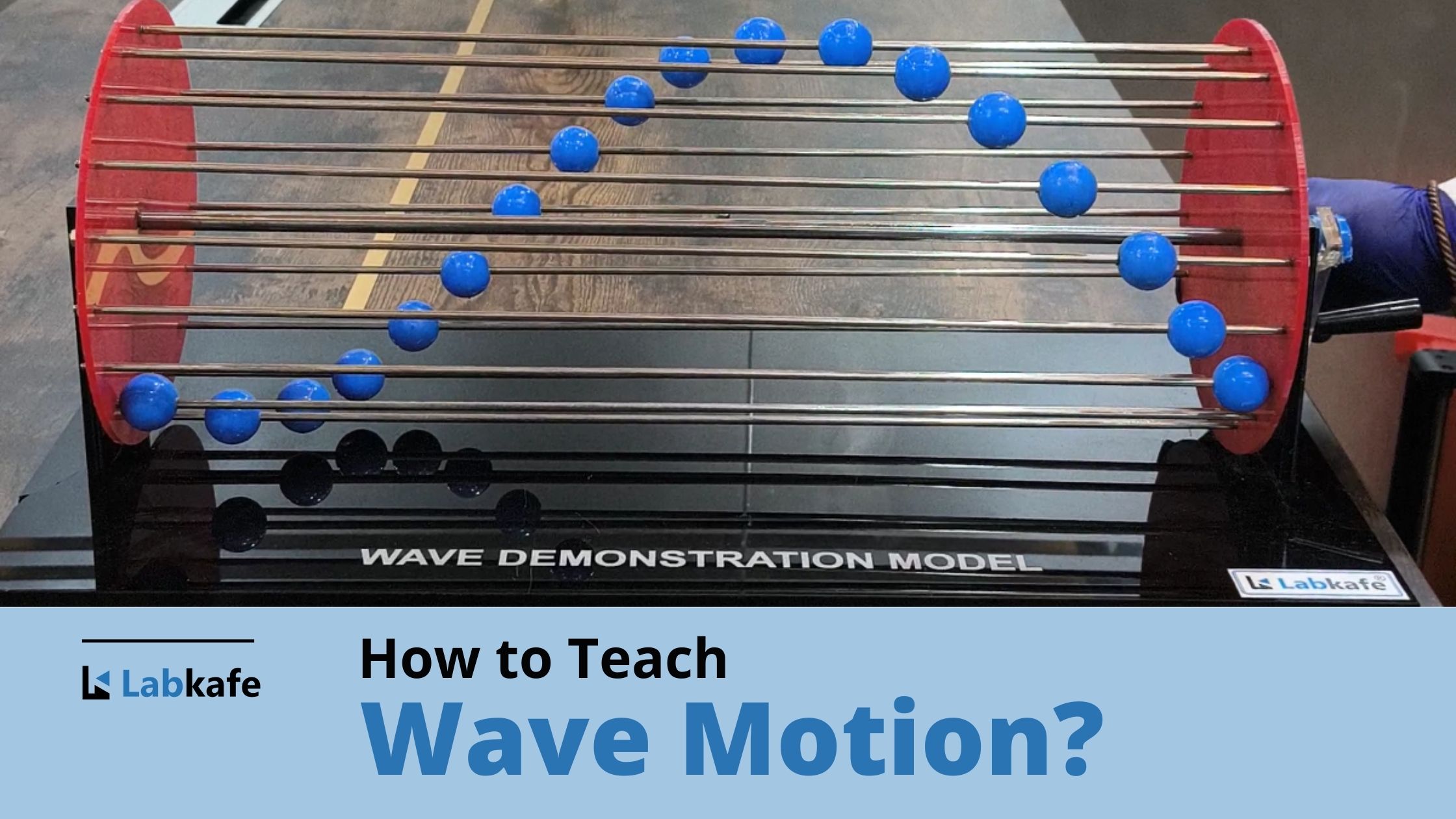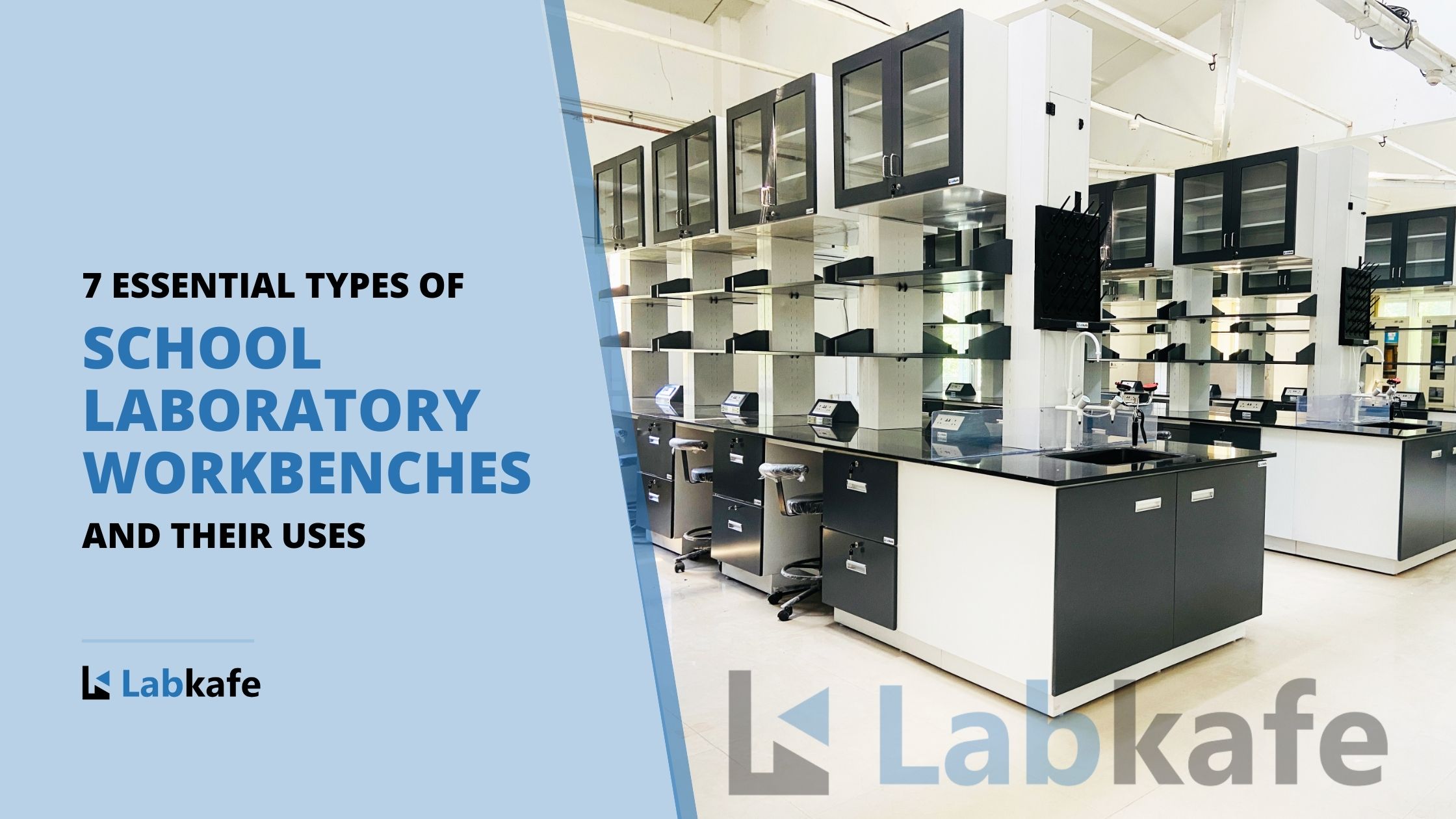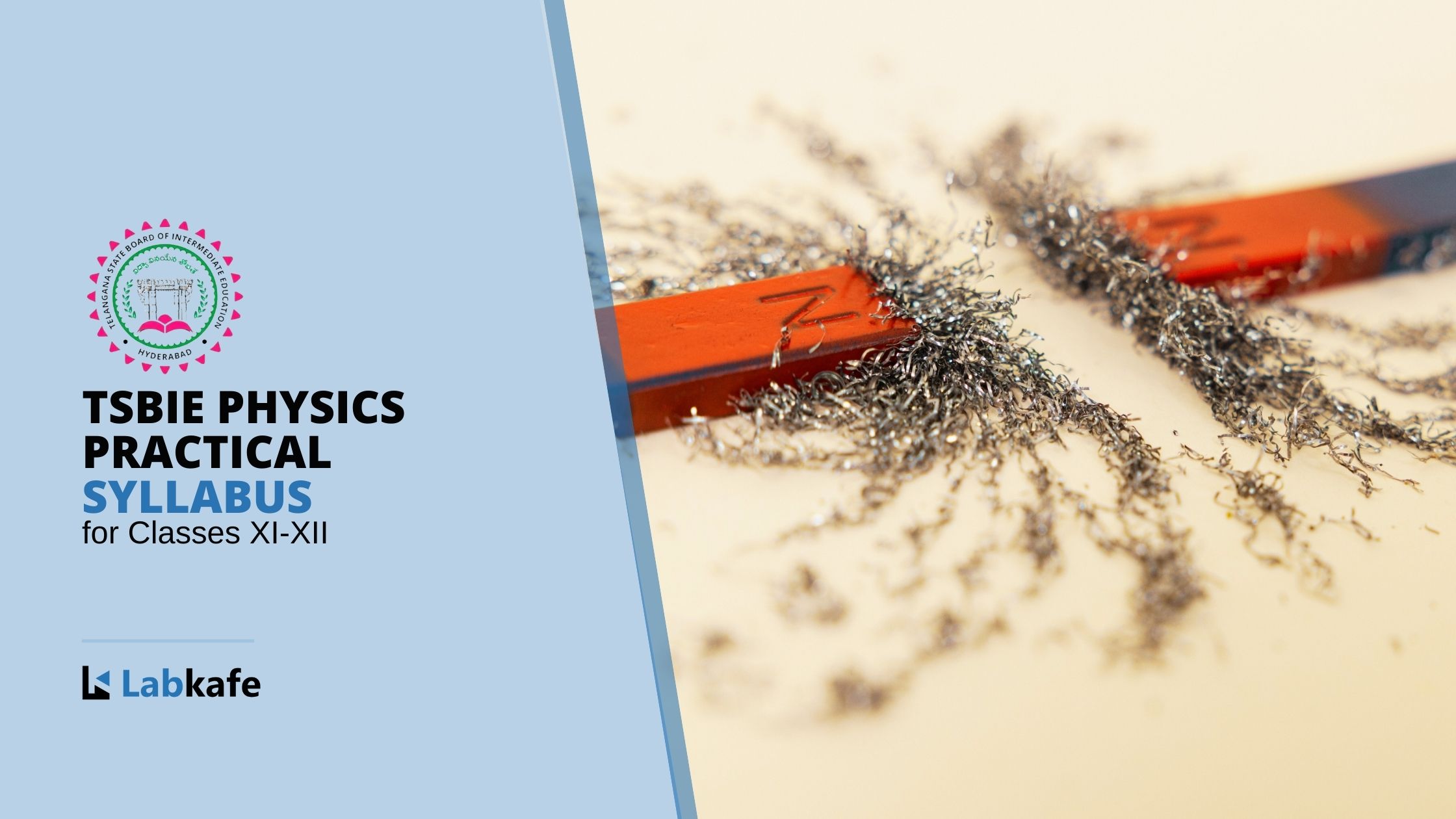Category: Physics
-

Atmospheric Refraction: Definition, Causes, and Effects
What is Atmospheric Refraction? Atmospheric refraction refers to the bending of light as it travels through the Earth’s atmosphere. This occurs because the atmosphere consists of layers with varying optical densities due to differences in temperature and pressure. Light bends toward the normal when moving from a rarer to a denser layer. As light travels…
-

How to prepare for a practical examination?
Practical examination is an essential component of school and college curricula, and students often feel nervous about it. While theoretical lessons have standardized preparation processes, practical lessons and exams have a relatively less common preparation strategy. Therefore, for students to succeed in these exams, it is important to focus on key essentials that must be…
-

Why should schools have science laboratory equipment?
What is science laboratory equipment? Science laboratory equipment includes instruments and apparatus used to demonstrate scientific principles, helping students understand theoretical concepts and connect them to real-life phenomena. This equipment also allows for the validation and verification of scientific ideas. Successful experimental results reinforce classroom theories, translating abstract concepts into practical, observable experiences. In a…
-

How to Teach Kinetic and Potential Energy?
Energy as a function of work Kinetic and potential energy are a function of work. It is defined as the product of the force applied on a body and the displacement of the body caused by this force. Mathematically, it is expressed as: W = F × d where W represents work, F is force,…
-

How to Teach the Concept of a Coupled Pendulum?
What is a pendulum? A pendulum is a fascinating device that consists of a ball-shaped mass, known as the “bob,” suspended by a theoretically massless string from a fixed point. An extension of this is the coupled pendulum, which we shall study in a while. When you displace this bob from its starting position, it…
-

How to Teach Wave Motion and its Properties?
Waves aren’t always visible. When you drop a pebble in water, it may look like the water is flowing outward, but that’s not the case. To understand what’s happening, you need to understand waves. If you place a cork in the water and drop a pebble nearby, you’ll see the cork bobbing up and down.…
-

Essential Lab Safety: What Not to Do in a Science Lab
Introduction Essential lab safety enforcement in educational environments is crucial to prevent accidents and injuries. Proper conduct, discipline, and supervision promote accountability and are essential lab safety elements. Additionally, encouraging hazard reporting without fear fosters a culture of safety. Attending to equipment and maintaining clear exits ensure a secure atmosphere, enhancing both learning and the…
-

How to properly maintain and calibrate lab equipment?
Properly calibrate lab equipment during maintenance to ensure accurate and reliable results. To obtain trustworthy and reproducible results, follow the steps discussed here. Here’s a step-by-step guide to maximize the potential of your laboratory equipment: 1. Follow Manufacturer Guidelines to calibrate lab equipment 2. Regular Cleaning and Inspection 3. Create a schedule to calibrate lab…
-

How are Composite Skill Labs Enhancing Learning Across Multiple Disciplines?
The Composite Skill Lab is enhancing learning; hence the Central Board of Secondary Education (CBSE) has adopted the same. They are continually adapting to developments in the field of education, and this is one of their landmark steps. These labs are designed to foster a multidisciplinary approach to learning, enabling students to gain practical experience…
-

7 Essential Types of School Laboratory Workbenches and Their Uses
When planning a school laboratory, the initial items that come to our mind are the apparatus, equipment, chemicals and models that teachers use to conduct experiments. However, an often overlooked yet crucial element in the smooth functioning of a school lab is the school laboratory workbenches. School laboratory workbenches must withstand the various activities and…
-

List of AHSEC Physics Practical Syllabus Experiments | Labkafe
What is the AHSEC Physics Practical Syllabus With the Assam board HS exams right around the corner, students studying under the Assam Higher Secondary Education Council (AHSEC) should be anxious to finish the curriculum, as well as the teachers. Today, we present to you the AHSEC physics practical syllabus in detail with explanations. Armed with this, you…
-

Spherometer – Measure the radius of curvature of a spherical surface | Labkafe
Aim: To determine the radius of curvature of a given spherical surface by a Spherometer. Apparatus: Theory: A spherometer is a measuring instrument used to measure the radius of curvature of a spherical surface and a very small thickness. Figure 3.1 is a schematic diagram of a single disk spherometer. It consists of a central…
-

CGBSE Physics Practical Syllabus Class 11-12 | Labkafe
List of CGBSE Physics Practicals for Class XI XII The Chhattisgarh Board of Secondary Education, or CGBSE in short, controls the intermediate level of education in the state of Chhattisgarh. The Chhattisgarh board official website can be found here: https://cgbse.nic.in . They have built up quite a solid practical curriculum, and therefore we are presenting the CGBSE…
-

TSBIE Physics Practical Syllabus for Classes XI-XII | Labkafe
For this year, the Telangana intermediate board exams are over, but students need to prepare for the next year and teachers need to complete the syllabus as well. For this reason, we have brought you the TSBIE physics practical syllabus in its full and undeleted form. Both students and teachers can benefit from this list…

